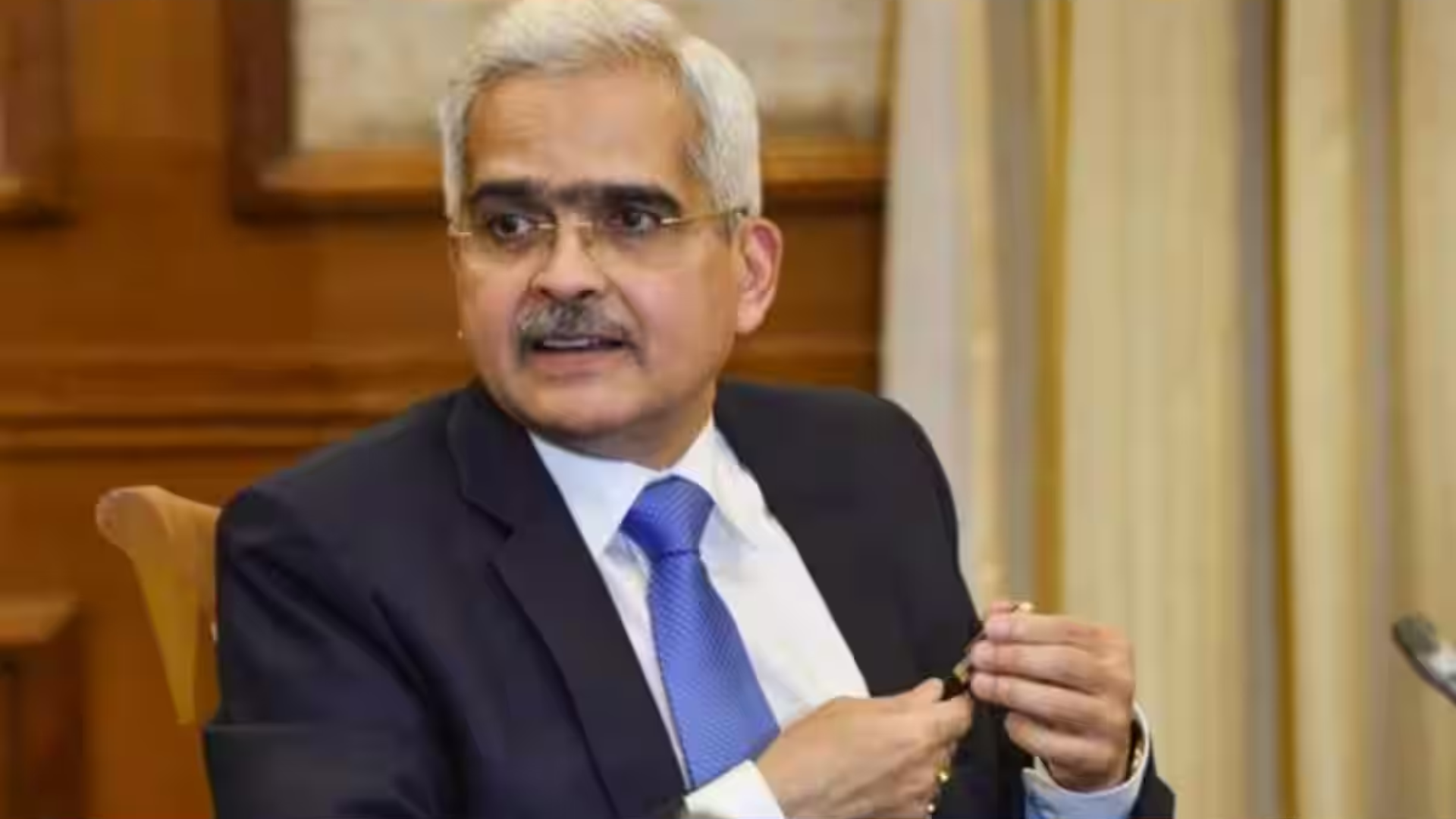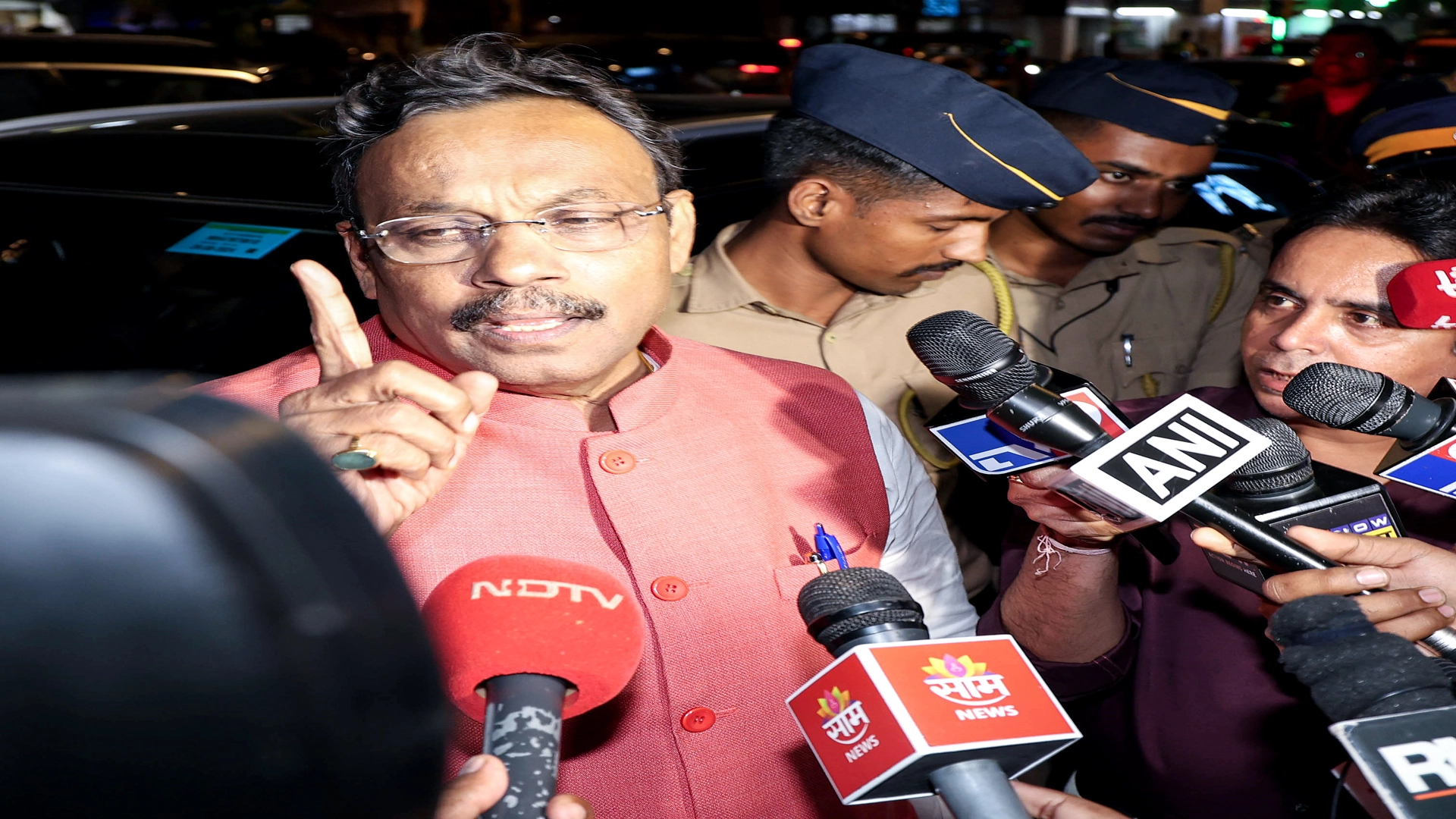
The Reserve Bank of India (RBI) is set to make significant changes to the cheque-clearing process, aiming to reduce the time it takes to clear bank cheques to just a few hours. This move is expected to greatly enhance the ease of doing business in India, according to an announcement made by RBI Governor Shaktikanta Das on Thursday.
Currently, cheque clearing through the Cheque Truncation System (CTS) can take up to two working days due to its batch processing mode. Governor Das revealed that the RBI plans to introduce continuous clearing with an ‘on-realisation-settlement’ mechanism in CTS, which will drastically expedite the process.
“This initiative will ensure cheques are cleared within a few hours on the day they are presented, speeding up payments and benefiting both the payer and the payee,” said Das.
Cheque truncation involves replacing the physical cheque with an electronic image that is sent to the paying branch through the clearing house. This electronic image contains key information such as the MICR band, date of presentation, and details of the presenting bank, thereby eliminating the need for the physical cheque to be transported between banks.
By removing the need for physical movement, cheque truncation reduces costs, shortens collection times, and accelerates cheque processing. The CTS system offers quicker and more cost-effective fund realisation for customers compared to traditional methods that relied on physically moving cheques.
Under the grid-based CTS clearing system, all cheques drawn on bank branches within the grid’s jurisdiction are treated as local cheques. This system eliminates outstation cheque collection charges if both the collecting and paying banks fall within the same grid, regardless of their specific city locations.
With these changes, the RBI is poised to significantly improve the speed and efficiency of cheque processing, marking a major step forward in India’s financial infrastructure.














